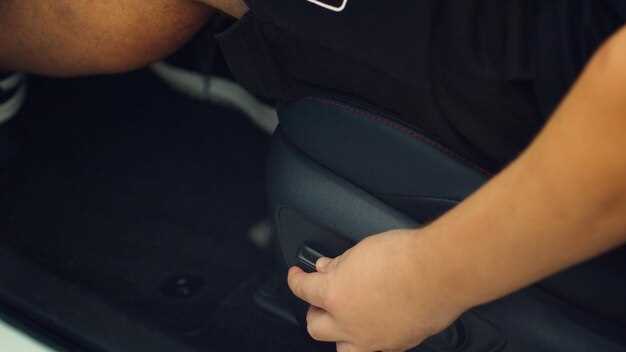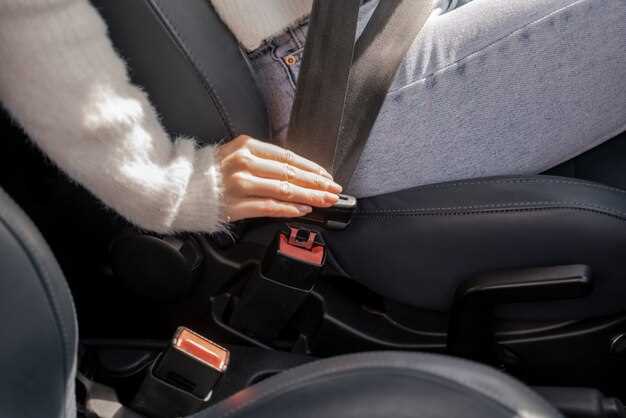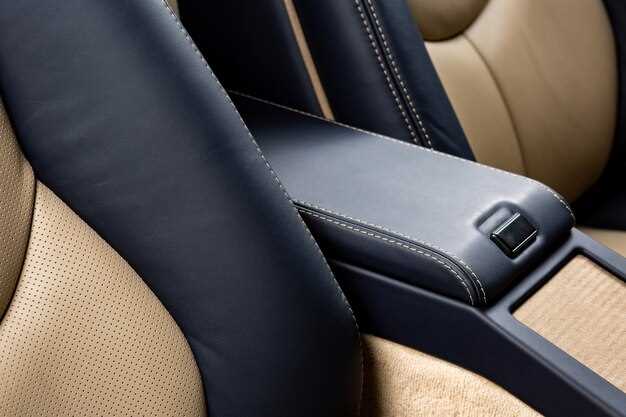
When it comes to enhancing your driving experience, one of the most impactful upgrades you can make is to your car seats. Many drivers overlook the importance of seat quality, believing that factory-installed options are sufficient. However, upgrading your car seats can significantly improve your comfort during both short commutes and long road trips.
Modern car seat upgrades come in various forms, from ergonomic designs that provide better lumbar support to high-quality materials that offer a more luxurious feel. Whether you prefer plush leather or breathable fabric, choosing the right seat can make all the difference. Investing in comfortable car seats elevates your driving experience and contributes to better posture and reduced fatigue.
Moreover, the benefits of upgrading your car seats extend beyond mere comfort. Improved seating can enhance safety features, such as better alignment with seat belts and airbag systems. As you consider your options, remember that the right upgrade not only caters to your comfort needs but also ensures a safer journey for you and your passengers.
Choosing the Right Material for Maximum Comfort

Upgrading your car seats begins with selecting the appropriate material that ensures both comfort and durability. The choice of fabric or leather can significantly influence your driving experience, especially on long journeys.
First, consider the type of fabric. Soft-touch materials like microfiber or high-quality synthetic blends offer a plush feel, making them ideal for extended periods of sitting. These fabrics are often breathable, promoting airflow to keep you cool during hot weather.
Leather, on the other hand, provides a luxurious touch and can elevates the overall aesthetic of your vehicle’s interior. It is easy to clean, making it a practical choice for families or individuals who frequently transport passengers. However, consider how it reacts to temperature changes; leather can become hot in summer and cold in winter.
Another essential factor is durability. Look for materials that are wear-resistant and can withstand daily use without showing signs of aging. For instance, choose seats made with high-denier nylon or polyester blends, which resist tearing and fading over time.
Water resistance is also crucial if you often travel with pets or children. Upholstery treated with water-repellent coatings will help protect against spills and stains, ensuring your seats remain in pristine condition.
Finally, personal comfort preferences play a significant role in your decision. Test different materials to see which option supports your body best and complements your driving style. Ultimately, the right material will enhance the comfort level of your upgraded seats, making your driving experience more enjoyable.
Step-by-Step Guide to Installing New Car Seat Covers

Upgrading your car with new seat covers can significantly enhance comfort and aesthetics. Follow these steps to ensure a smooth installation process.
Step 1: Gather Necessary Tools and Materials
Before starting, you will need the following items: new car seat covers, scissors, a flathead screwdriver, a soft cloth, and a measuring tape. Ensure your car seats are clean and free from debris.
Step 2: Remove Existing Seat Covers (if applicable)
If your car already has covers, carefully remove them. Use a flathead screwdriver to detach any clips or fasteners. Be gentle to avoid damaging the seats underneath.
Step 3: Measure Your Seats
Use the measuring tape to take precise measurements of your car seats. This step is crucial to ensure that the new covers will fit properly. Note the dimensions of the seatbacks, cushions, and any other relevant areas.
Step 4: Prepare the New Seat Covers
Unbox your new covers and lay them flat. Check for any instructions provided by the manufacturer. Familiarize yourself with the different pieces, as some designs may have separate covers for headrests and armrests.
Step 5: Start with the Seat Base
Slip the cover over the seat base, ensuring it aligns correctly. Pull the fabric over the front and back, tucking it into the crevices of the seat. If your covers have straps or hooks, secure them underneath the seat for a snug fit.
Step 6: Cover the Seat Back
Next, install the cover for the backrest. Align it carefully, making sure it fits tightly. Use any provided fasteners to secure it in place. Smooth out any wrinkles by pulling the material gently.
Step 7: Reattach Headrests and Armrests
If your car has removable headrests, take them off before covering. Once covered, reattach them. For armrests, ensure the covers fit correctly and secure them according to the manufacturer’s instructions.
Step 8: Final Adjustments
Inspect the entire setup for any loose areas or misplaced covers. Make any necessary adjustments to ensure a clean, finished look. Double-check that all straps or hooks are securely fastened.
Step 9: Enjoy Your Upgraded Comfort
Once everything is in place, take a moment to sit in your upgraded car seats. Test the comfort and adjust as needed. Regularly inspect the covers for any wear and keep them clean to enjoy lasting comfort.
Top Features to Consider When Upgrading Your Seats
When considering a car seat upgrade, comfort should be a top priority. Look for ergonomic designs that support your body during long drives, reducing fatigue and discomfort.
Another critical feature is adjustability. Seats that offer multiple adjustments, including lumbar support, seat height, and reclining options, allow you to customize your seating position for optimal comfort.
Material quality is also essential. Upgrading to premium materials such as leather or high-quality fabric can enhance both comfort and durability, providing a more luxurious driving experience.
Consider additional features like heating and cooling options. Climate-controlled seats can help maintain comfort in various weather conditions, making your driving experience more enjoyable.
Safety should not be overlooked. Look for seats with built-in airbags or those that comply with safety standards to ensure protection in the event of an accident.
Finally, ease of installation and compatibility with your car model are important. Choose seats designed for quick installation to minimize hassle, ensuring a perfect fit with your vehicle’s existing structures.



